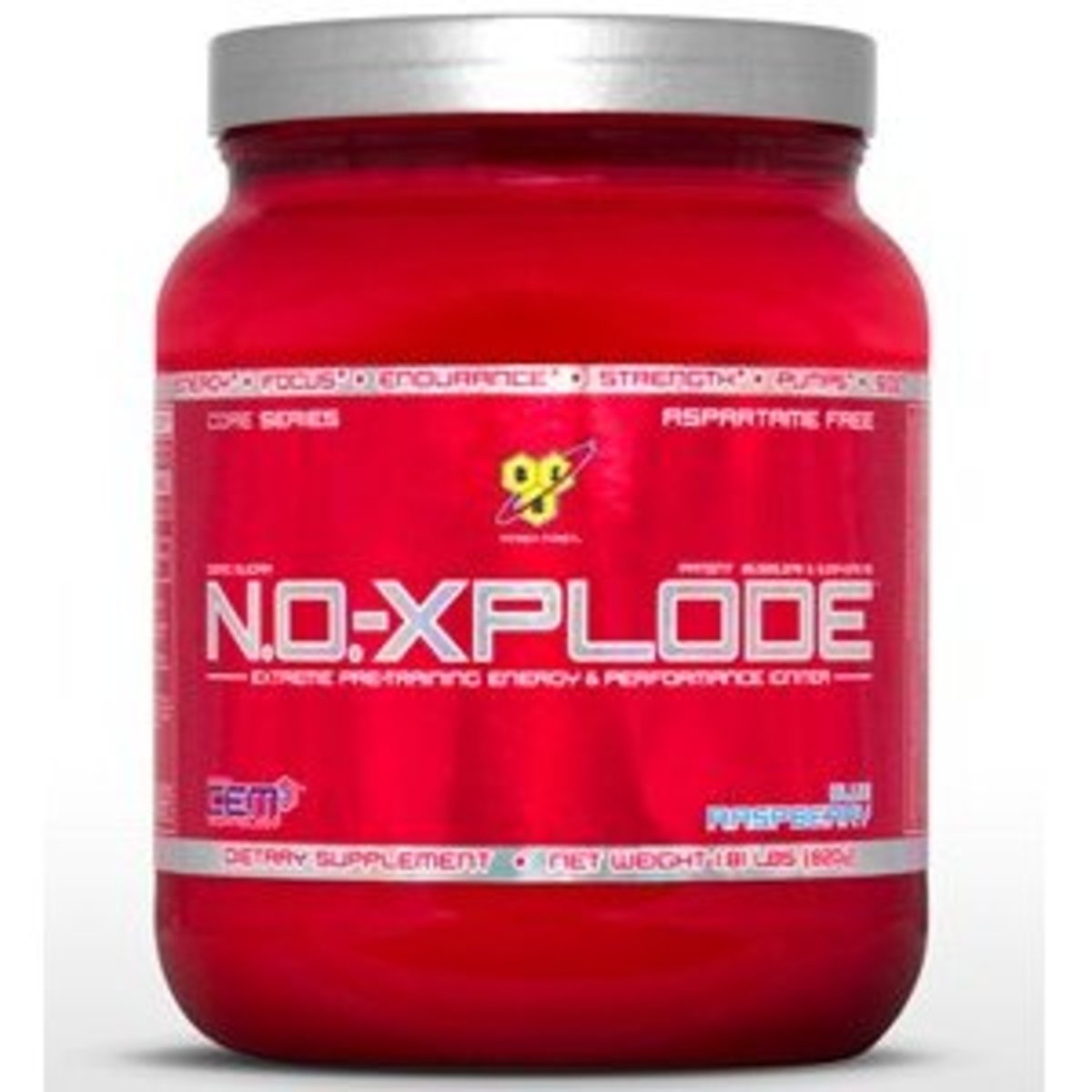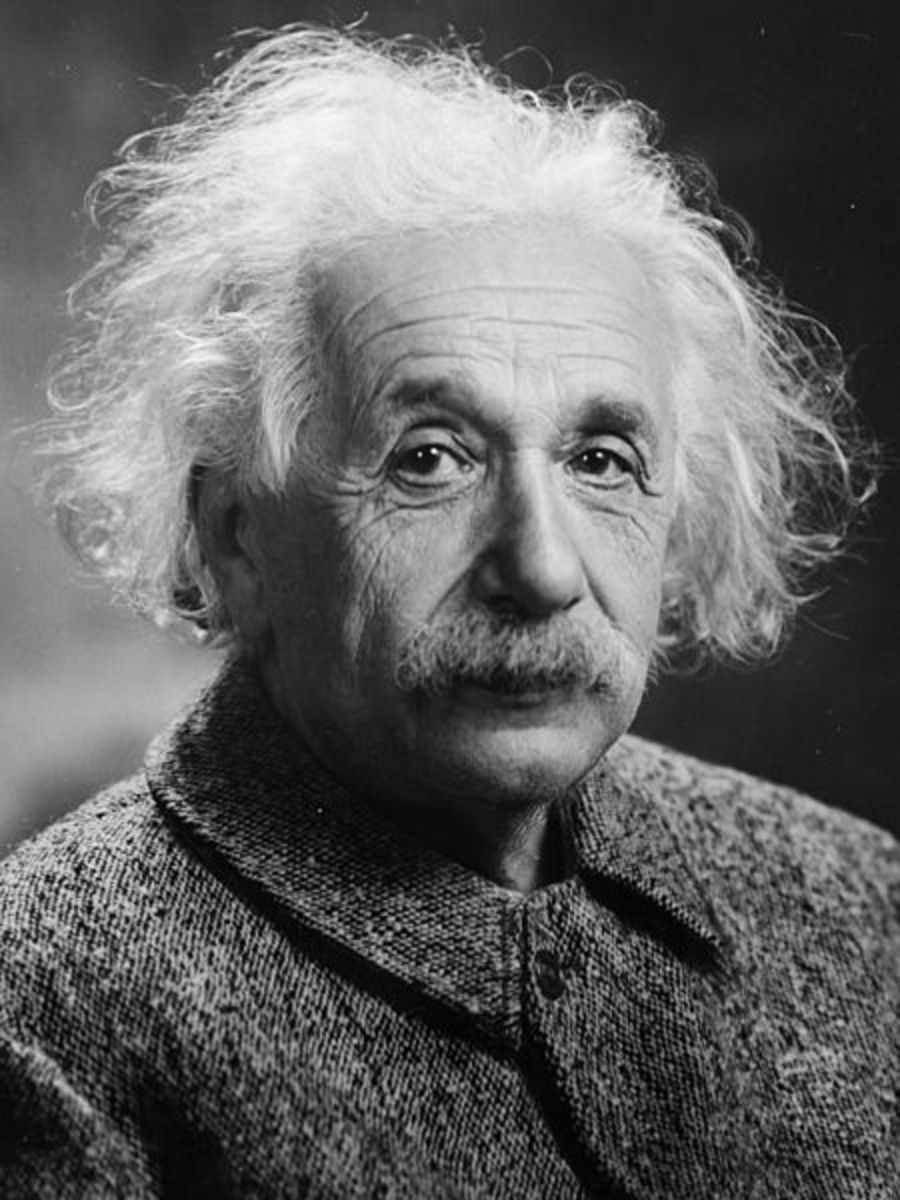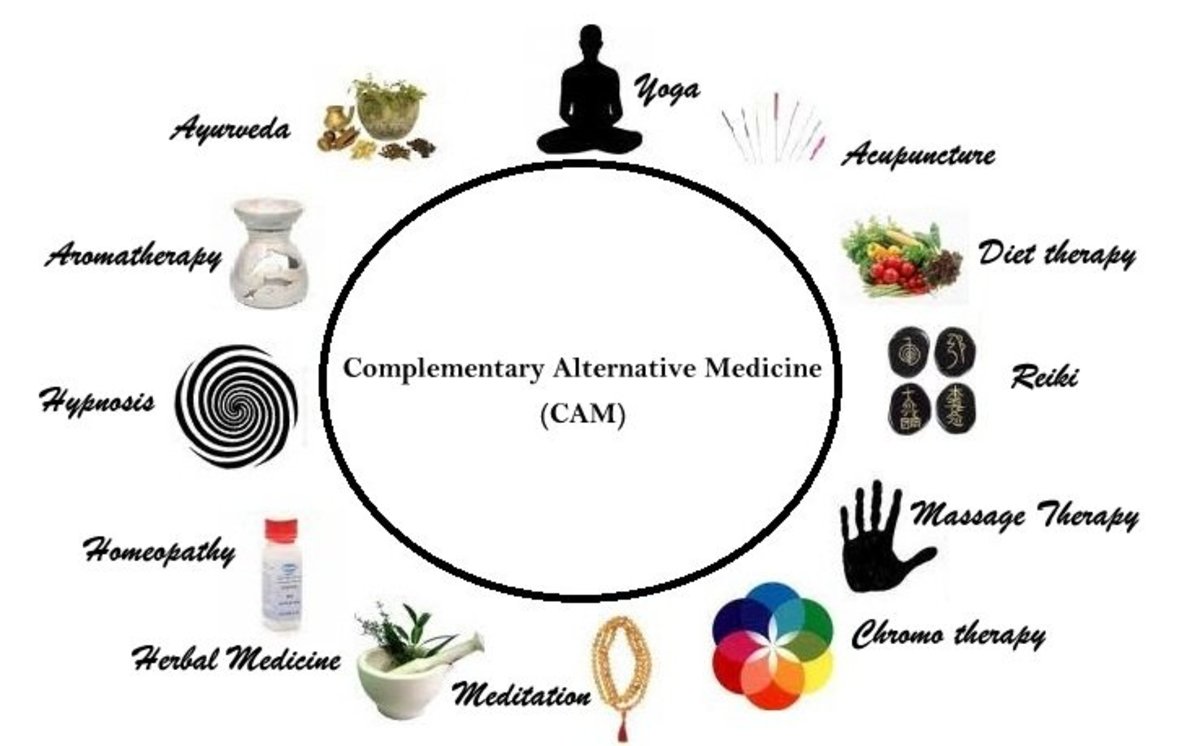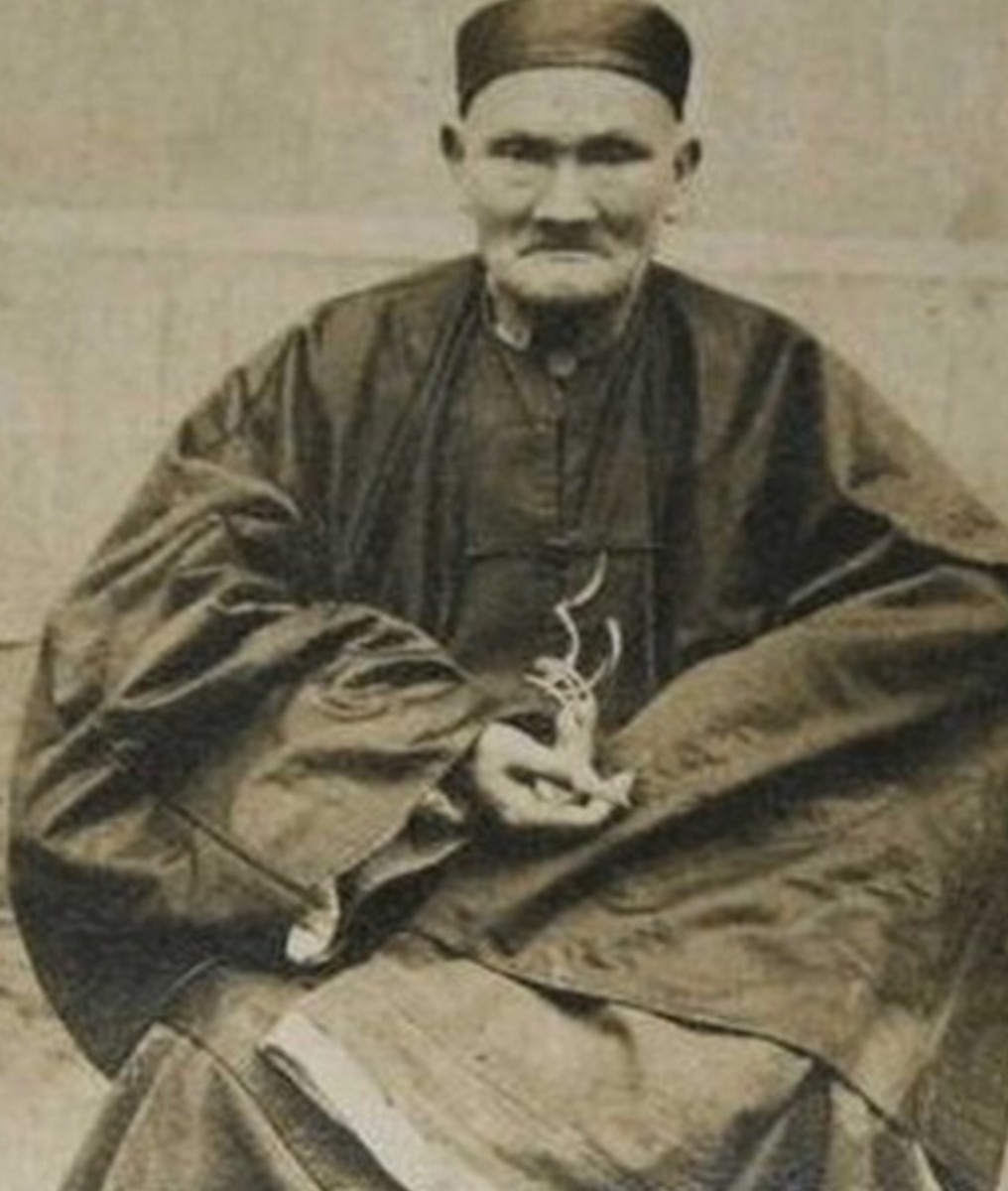A Theory of Rheumatic Heart
A heart valve sustains a scar called stenosis in rheumatic heart
An explanation of rheumatic heart is also a theory of rheumatic heart. A theory starts as a hypothesis.
The discussion that follows is a journey in discovery.
Why do we need a hypothesis?
In the first place, what is a hypothesis? A hypothesis is a scientific guess that consists of concepts and relationships among concepts.
Once a hypothesis is proven it becomes a theory. A theory is a guide for future actions, or treatment or cure or prevention of disease. A prevention protocol or treatment or cure based on theory is effective.
A hypothesis and a theory have the same components: concepts and relationships among concepts. However, a hypothesis is still a scientific guess, a guide to conduct a research. In a theory, the concepts are right and the relationships had been verified or deduced validly.
Why do we need a hypothesis of rheumatic heart?
One reason is that such a hypothesis has among its parts some assumptions that do not need to be proven before they are used in the research. The crucial consideration is that we do not have the capability to prove these assumptions, or that obtaining proof involves matters of ethics. For example, the harvesting of human heart for use in heart transplant. The ethical issue is: should we harvest a heart from one who is brain dead or from one whose heart had stopped beating? Some states and countries had decided on brain dead. (The heart continues beating even when the person is brain dead that would make transplantation more successful. The harvested heart must be transplanted within 6 hours).
A mind experiment with speculation and assumption
Let us take a well-known mind experiment in theoretical physics that deals on the special hypothesis of relativity, now known as special theory of relativity. We will not take it in detail but point up the assumption part that Einstein used: Lorentz transformation.
Lorentz transformation is a “set of equations in relativity physics that relate the space and time coordinates of two systems moving at a constant velocity relative to each other. Required to describe high-speed phenomena approaching the speed of light, Lorentz transformations formally express the relativity concepts that space and time are not absolute; that length, time, and mass depend on the relative motion of the observer; and that the speed of light in a vacuum is constant and independent of the motion of the observer or the source. The equations were developed by the Dutch physicist Hendrik Antoon Lorentz in 1904” (Encyclopedia Britannica 2009).
Compare this with that of Galileo’s transformation also called Newtonian transformation which is a “set of equations in classical physics that relate the space and time coordinates of two systems moving at a constant velocity relative to each other. Adequate to describe phenomena at speeds much smaller than the speed of light, Galilean transformations formally express the ideas that space and time are absolute; that length, time, and mass are independent of the relative motion of the observer; and that the speed of light depends upon the relative motion of the observer” (Encyclopedia Britannica 2009).
Einstein chose the Lorentz transformation for use in his special hypothesis of relativity. Why?
The Michelson-Morley experiment found that the “speed of light is independent of the relative motion of the observer and the light source” (Encyclopedia Britannica 2009). That is, the speed of light is constant whether the observer is moving or when he is at rest. The speed of light is the universal constant.
The crucial consideration is that Lorentz transformation agrees with the fact that the speed of light is constant. Now Lorentz transformation is a fruit of speculation not of experimentation.
Let us consider one galaxy as one coordinating system A and another galaxy as another coordinating system B. These are millions of light years apart and Lorentz did not visit another galaxy aside from the one where he was living. His transformation says that the laws of nature in coordinating system A are the same as the laws of nature in coordinating system B. That was Lorentz speculation. It was not the result of an experiment like what Michelson and Morley got in measuring the speed of light.
Einstein had no way of proving the truth of Lorentz transformation yet he incorporated it in his special hypothesis of relativity. Einstein’s hypothesis was couched in mathematical language. The test of mathematics is validity. How do we know that it is true? Bertrand Russell said that the test of a statement of fact is truth (Russell, B. Human Knowledge: Its Scope and Limits. 1947). To make his hypothesis testable by truth, Einstein derived a statement of fact from it. That statement is the formula E = mc2 that had been verified by Enrico Fermi, Otto Hahn, Meitner, and Otto Frisch.
If E = mc2 is true, it follows that Einstein’s hypothesis is true and that Lorentz transformation is true. That way, Einstein’s hypothesis graduated into the special theory of relativity.
The advantage of the theory-making method used by Einstein is that we can use statements of fact derived from a hypothesis then work backwards. A crucial consideration is that the hypothesis is right and the statement of fact is faithful to the hypothesis. The hypothesis if tentatively admitted as theory explains phenomena within its field. Its predictions are verifiable. And it leads to other hypotheses.
If the statement of fact derived from the hypothesis where an assumption is used fail the test of truth, that assumption will likewise fail. That assumption is false.
To test a hypothesis of rheumatic heart
It is heartening to get a comment from fellow Hubber mitral1 who belongs in a respected organization on mitral valves http://www.themitralvalve.org/. I read his comment yesterday, April 22,2012, on my Hub “How Rheumatic Heart Disease Started From A Scar In Heart Valve.”
Basically my Hub is an invitation into a switch over from the germ theory of disease to the free radical theories of disease.
The stenosis in heart valves or cusps is believed as an allergic reaction to the bacteria that causes rheumatic fever (DeBakey, M. MD and A. Gotto, Jr., MD. The Living Heart. 1977:246-247). In my view, this belief belongs in the germ theory of disease. That bacteria is Streptococcus pyogenes. (I will use ‘bacteria’ in the plural and singular form.).
In the free radical framework, rheumatic heart is speculated as caused by nitric oxide, a free radical. I will suggest a method on how to test a free radical hypothesis of rheumatic heart.
Rheumatic heart consists of a stenosis or scar that narrows a heart valve. The valve does not close property resulting in blood backflow. In medical jargon, a valve is called cusp. There are two kinds, bicuspid cusp (two cusps) and tricuspid cusps (three cusps). A free radical hypothesis of rheumatic heart to be tested is as follows:
Streptococcus pyogenes infects cells of cusp. Macrophage shoots S. pyogenes with nitric oxide. Nitric oxide kills the bacteria and inflicts damage on healthy cells in the vicinity of cells infected with bacteria. Damaged cells sustain a scar that shows up some years after the infection.
S. pyogenes is a species of bacteria. This scar is also called stenosis that means narrowing of the cusp such that it allows backflow of blood or it results in insufficiency. (Of course, the bacteria infects other parts of the body but we will focus on the heart valve.)
“Stenosis - Narrowing (constriction) of an orifice or the lumen of a hollow or tubular organ” (DeBakey, M., MD and A. Gotto, Jr., MD. The New Living Heart. 1997:482).
Concepts and relationships in this hypothesis are identified and defined along the definition of theory given by Albert Einstein. He said a theory consists of concepts and relationships among concepts (Einstein, A. Ideas and Opinions. 1954).
The concepts are: macrophage, S. pyogenes, nitric oxide, vicinity, damage, healthy cell, infected cell, scar. The relationships are shoot, kill, inflict, infect, got well, and sustain.
Definition of concepts
Macrophage is a component of the immune system that “eats” dust, virus, and shoot germs (virus and bacteria) using free radical as bullet (Cranton, E. MD. Bypassing Bypass. Updated second edition. 1995:211).
S. pyogenes is a bacteria identified as cause of rheumatic fever (McKane, Larry. Ph.D. and Kandel, Judy, Ph.D. M.P.H. Microbiology Essentials and Application. 1993). A lot of S. pyogenes might concentrate in the cusp like the rhadovirus of rabies concentrating in the brain (Negri bodies) of a man bitten by a rabid dog. Such concentration of bacteria might stimulate the macrophages to shoot a lot of nitric oxide on the infected cusp.
Nitric oxide (NO-) is a gas free radical produced by macrophage mediated by the enzyme inducible nitric oxide synthase acting on the amino acid L-arginine. It grabs electrons from the bacteria and heart cell resulting in injury.
Vicinity means near or adjacent.
Damage consists of injury on the cell membrane or DNA.
Healthy cell consists of a normal cell.
Infected cell is one attacked by S. pyogenes; it is inflamed.
Scar is a hardened part of a cell owing to cross linkages of molecules; it is not functional and it is not disposed of owing to the nature of cardiovascular cells being irreplaceable.
Definition of relationships
Shoot - the macrophage produces nitric oxide and sprays it on the bacteria; nitric oxide also strikes infected and inflamed cells and healthy cells in the vicinity of inflamed cells.
Kill consists in grabbing electrons from the capsule of the bacteria or its particles resulting in injury and death of the bacteria.
Inflicts (damage) means the bacteria attacks the cell causing dissolution of membrane, feeds on food inside the cell and sometimes causes death of the cell. The immune system protects the cell and their battle shows in inflammation and results in pus. Here killer T cells, Helper T cells, B cells, macrophage, neutrophils, memory cells, antigen, and antibody are involved.
Got well means that the bacteria had been killed and most infected cells are healed.
Sustain means the cell that incurs a scar does not disposed of it owing to the nature of cardiovascular cell being irreplaceable. Cross linkage is caused by free radicals, according to Dr. Cranton. A meaning of cross-linkage can be derived from the following statement: “According to Dr. Bjorksten, aluminum, potentiates the formation of cross-linkages, causing blood vessels to become stiff and “hard” like old, dried garden hoses” (Cranton, E. MD. Bypassing Bypass. Updated second edition. 1995:96).
Shows up means become visible by imaging technology or to the naked eye upon autopsy or during valve replacement operation.
After means the scar does not appear during the infection but when some years had passed.
“By contrast, in rheumatic heart disease the major damage to the valve does not occur at the time of the acute infection” (DeBakey, M., MD and A. Gotto, MD The Living Heart. 1977:247). Thus, Dr. DeBakey distinguishes the result of bacterial attack from what we assert as nitric oxide strikes.
First phase of the test of this free radical hypothesis is to ensure that the concepts are correctly defined and that they are verifiable, meaning they are not fictitious. Concepts are expressed with the use of terms not words (Acuña. A. E. Philosophical Analysis. Revised edition. 1992). The result is a phrase, like "hardened part of a cell," on which existence is attributed. We say, "Hardened part of a cell exists" not "A scar exists.".
[There is some philosophical niceties about 'exist' involving Bertrand Russell's definite description. "Louis XVI exists" is not verifiable and ends in contradiction when analyzed further. 'Exist' should not be attributed on a name. The phrase "the king of France" is verifiable; Russell used this phrase. It is correct to say "The king of France exists." Russell is a philosopher and mathematician, a Nobel Prize winner in Literature (Philosophy). We will not go deeper into this. Suffice it to say that definite description ensures that any concept is not fictitious.]
The second phase of the test is to verify the identified relationships in the hypothesis.
There is some difficulty in conducting a test on relationships because nitric oxide has a very short life span and it is difficult to trap it in live human beings much less in a heart (Spieker, L. E. , A. J. Flammer and T. F. Luscher “The Vascular Endothelium in Hypertension.” The Vascular Endothelium II.2006.249-283). For example, hydroxyl radical has a life span of 0.000000001 seconds (Sharma, H. Freedom from Disease. 1993). A trapping agent for nitric oxide is used, dithiocarbamate, that has been approved for use in human beings (Eaton., S. et al. editors. Biomedical EPR-Part A: Free Radicals, Metals, Medicine, and Physiology. 2005).
The nitric oxide relevant in rheumatic heart is mediated by the macrophage catalyzed by the enzyme inducible nitric oxide synthase (iNOS).
The tests involving concepts and relationships consist of direct observation or of proxies in test tubes, models, or live human beings.
Testing this hypothesis involves several expertise and sophisticated tools like spin traps to subject free radicals under the electron resonance spin spectroscopy.
Several approaches using spin traps for free radicals are employed, as follows:
(1) use of model systems (in test tube)
(2) trapping is done on the human being and samples are studied in the test tube
(3) direct trapping in the human being and measurements are taken directly under physiological conditions
(4) “indirect assays based on reactions of free radicals with nitroxides or other paramagnetic labels” (Swartz, H. M. et al. “Free Radicals and Medicine." Biomedicine EPR-Part A: Free Radicals, Metals, Medicine, and Physiology. 2005:25-74).
Presently, we know that rheumatic fever is caused by the bacteria. Rheumatic fever occurs. A scar shows up on a bicuspid valve or tricuspid valve some years after the patient got well from rheumatic fever. We are devising a hypothesis that explains the scar.
What we have presently is a statement derived from the hypothesis: “A cusp sustains a scar.” This statement is verifiable. Several such scars had been seen. In theory-making, a verifiable statement derived from a hypothesis serves as proof of the same hypothesis. This is true of the general hypothesis of relativity of Einstein that said, "light bends in the vicinity of a big mass like the sun." This was verified by Sir Arthur Eddington that provided a proof to Einstein’s hypothesis. Another statement of fact derived from the hypothesis is: "the universe is expanding." This was discovered by astronomer E. Hubble (Levy, D. Cosmology 101. 2003). The general hypothesis of relativity was couched in mathematical language so that Einstein had to derive statements of facts from it to make it amenable to verification by experience.
That free radicals inflict damage on healthy cells is demonstrated by the use of adriamycin in chemotherapy. Adriamycin produces a lot of free radicals that kill cancer cells but also kill healthy cells in the vicinity of cancer cells
"...For many cancers, adriamycin is a particularly effective medication. Adriamycin works by creating free radicals which destroy the DNA of cancer cells. However, these free radicals damage healthy cells as well" (Sharma, H. Freedom from Disease. 1993:158).
A difficulty in experiments to verify the action of nitric oxide in inflicting damage on cells of the cusp involves placing a trap to identify the free radical and measure its amount. it is expected that there are nitric oxides in great amount. We are using the collision theory of chemical reaction; the more atoms in a closed system their chances of collision with each other is greater than when there are only a few of them (Campbell, N. What is Science? 1921). Given that the macrophage shoots infections using free radicals like bullets; that macrophage uses nitric oxide catalyzed by iNOS. In the absence of such experiment, the statement of fact derived from the hypothesis makes sensible the speculation that nitric oxide is involved and does damage on infected and healthy cells. To recall, that statement of fact is "The cusp sustains a scar."
Let's look into a similar situation, with the following statement of fact: "The size of the plaque in the inner wall of an artery decreases."
The context of this statement: Free radicals injure the the inside wall of an artery resulting in a benign tumor called atheroma that gathers collagen. fibrin, elastin, bad cholesterol, and other debris. Later on calcium joins in as the cementing agent. Their combination grows into a mound called plaque. Now EDTA, a chelator, is administered and the size of the plaque decreases without an increase in the amount of calcium excreted in the urine. How to explain the decrease? Dr. Cranton explains it, as follows:
"During the short time that EDTA is circulating in the body (it has a half life of only one hour), it temporarily lowers blood calcium. The resulting drop in serum calcium provides a stimulus in the parathyroid gland to step up production of parathormone. This hormone, in turn, signals osteoblasts in bone to increase their production of normal bone calcification, drawing on other calcium sources in the body, some presumably, from pathological sources" (Cranton, E. MD. Bypassing Bypass. Updated second edition. 1995:80).
Those pathological sources is the plaque. The above quote is a hypothesis that explains the decrease in size of the plaque in the inside wall of the artery. Dr. Cranton offered this hypothesis without putting it to a test. However, the concepts and relationships in this hypothesis had been proven in other situations. Blood calcium had been measured; likewise the level of parathormone. Parathormone is known as a signal for osteoblast.
If the tests will bear out the free radical hypothesis of rheumatic heart we are discussing then the same hypothesis will turn into a theory.
There are difficulties in testing this hypothesis by actual experimentation. How do we trap nitric oxides, catalyzed by iNOS, being shot by macrophage on bacteria in the cusps? This may be done the way a cusps is replaced by opening the heart and placing a trap. But who is the human being to volunteer for such an experiment? This may touch an ethical issue like embryonic stem cell research (Bellomo, M. The Stem Cell Divide. 2006).
I am inclined to place a high degree of confidence on the free radical hypothesis of rheumatic heart along the same way Einstein's general hypothesis of relativity was proven. Or in the same manner that his special hypothesis of relativity was proven to become special theory of relativity. This hypothesis (published in 1905) was couched in mathematical language that he derived a statement of fact to make it verifiable by experimentation. In 1906, Einstein issued out E = mc2. It was stumbled upon by Enrico Fermi and confirmed by Mietner and company in 1938, coining a new name for the process, fission. This formula was used in making the atomic bombs that were dropped over Japan in 1945 that further confirmed the special hypothesis as special theory of relativity.
We can derive from the free radical hypothesis of rheumatic heart presented above more statements of fact and verify them.
(I have a Hub "A Theory Of Salk Vaccine: How Do The Shape and Size of Killed Poliovirus Incite Immunization?" It shows a method of theory-making similar to this presentation.)
[The special theory of relativity involves two galaxies in uniform motion; the general theory involves two galaxies in relative motion; it also tackles gravity. The accurate concept is 'coordinating system' instead of 'galaxy' which is a popularized term].
There are some other ways to prove this rheumatic heart hypothesis. “Free radicals can be caught in the act of creating cancer by using electron spin resonance (ESR) spectrometers" [Sharma, H., MD. Freedom from Disease (How to control free radicals, a major cause of aging and disease) 1993:90].
Tissues under attack by free radicals show as red spots in the spectrometer, according to Dr. Sharma. The spectrometer can be run on a person suffering from rheumatic fever to see if it shows some red spot on the cusps. However, the equipment with which to do that may not yet be available. It is like a hyperbaric oxygen chamber where a person is placed and administered with 100% oxygen. according to Dr. Cranton.
Autopsy would not do because free radicals have very short life spans. Besides, only a live tissue produces free radicals being by-products of the use of oxygen.
A free radical rheumatic heart theory ensures effective means of prevention and control of rheumatic heart disease.






